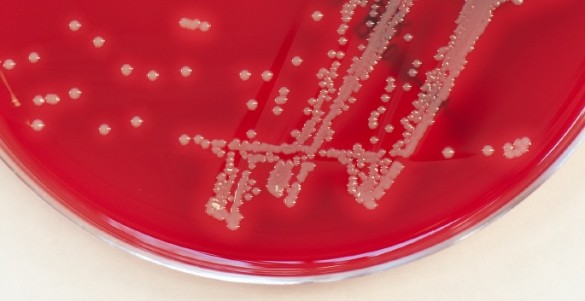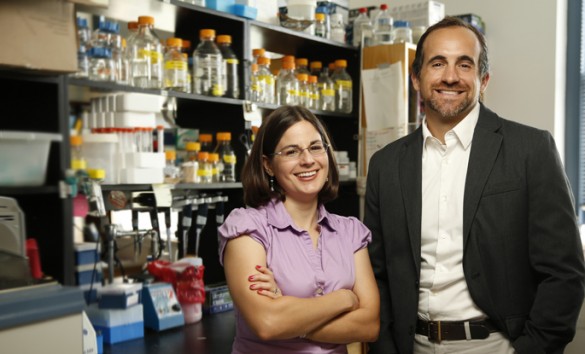
The increasing resistance of bacteria – such as Staphylococcus aureus (staph) – to antibiotics poses a severe threat to global public health.
Richard Armstrong, Ph.D., professor of Biochemistry, and colleagues have characterized how methicillin-resistant S. aureus (MRSA) resists the broad-spectrum antibiotic fosfomycin. They determined the X-ray crystal structure of an enzyme (FosB) from S. aureus that chemically modifies and inactivates fosfomycin. The 3D structures, reported in the Feb. 4 issue of Biochemistry, provide detailed views of FosB and of its interaction with L-cysteine or bacillithiol – the molecules it uses to modify fosfomycin. The researchers demonstrate that strains of S. aureus missing FosB or bacillithiol are sensitive to fosfomycin, indicating that both FosB and bacillithiol are required for the bacterium to survive in the presence of the antibiotic.
The findings identify FosB as the primary fosfomycin-modifying pathway of S. aureus and suggest that targeting FosB might restore sensitivity of multi-drug resistant S. aureus to fosfomycin.
This research was supported by grants from the National Institutes of Health (GM030910, AI069233, ES007028, GM093507).
Send suggestions for articles to highlight in Aliquots and any other feedback about the column to aliquots@vanderbilt.edu















